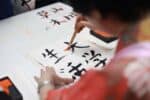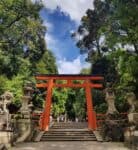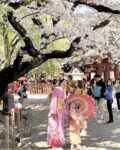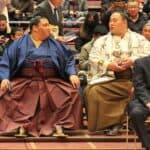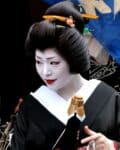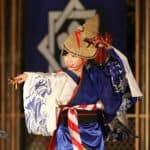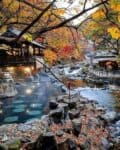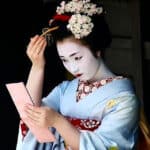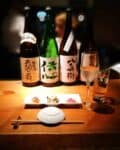The Japanese culture has a rich and ancient history that spans centuries. From samurai to origami, it’s a fascinating topic to share with your children. Our kids are exposed to Japan from an early age via TV, video games, or franchises like Hello Kitty.
TV shows such as Pokémon, Digimon, and Dragon Ball Z are popular among kids. Activities from Japan that are ideal for children include origami, where they can learn to make objects such as a cup or crane out of paper. Sumo wrestlers, samurai, and geisha’s are just a snapshot of the exciting parts of Japanese culture that kids will enjoy learning about.
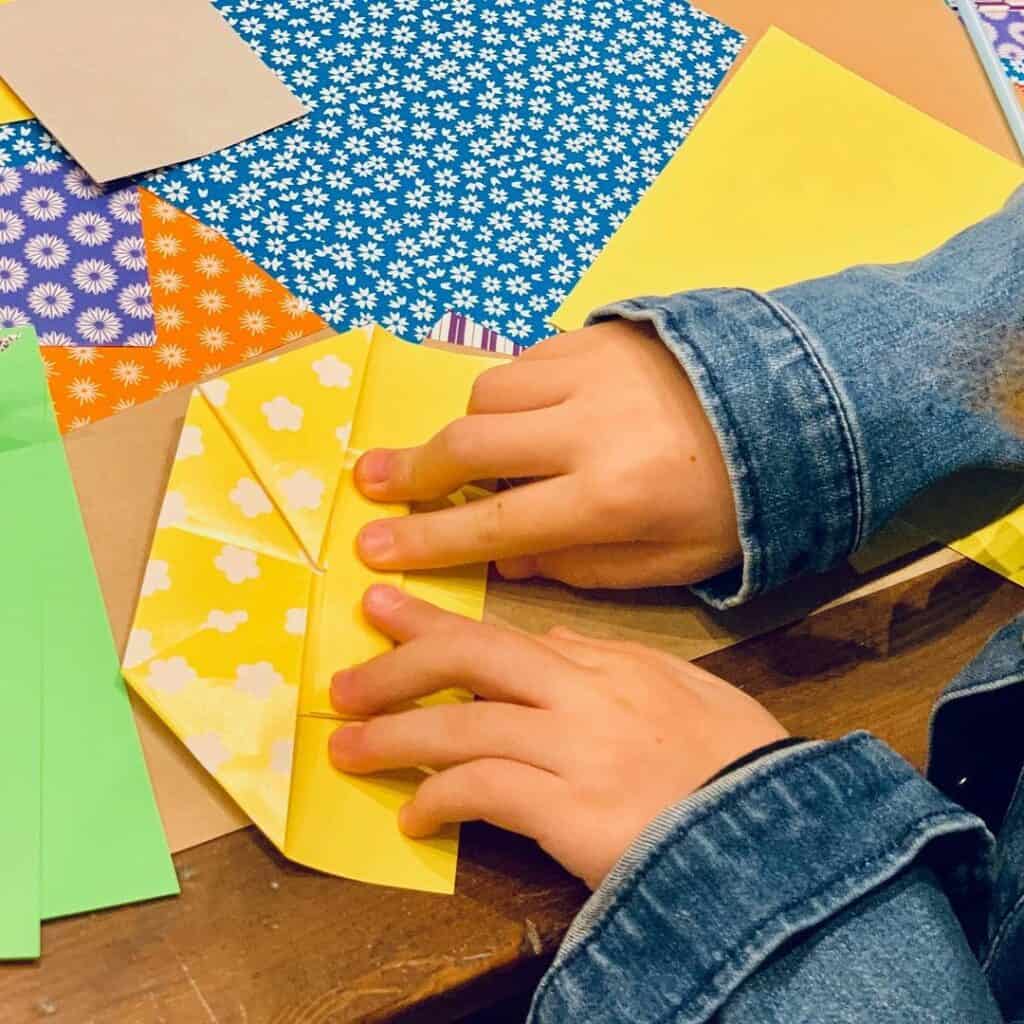

Japanese culture is not only interesting for kids. It’ll fascinate adults as well, making it the perfect topic for families to share in. You can learn all about the amazing food, fashion, history, and traditions together. This article aims to share just a few of the most fascinating things about Japan that will interest kids.
Simple Japanese Culture Facts For Kids
Japan is the 62nd largest country in the world and is actually made up of 6,852 islands. It’s what’s known as an archipelago and some of its islands including Aoshima are known as a Cat island – for their high population of felines. However, most of Japan consists of just 4 islands. Shikoku, Kyushu, Hokkaido, and Honshu, the latter being the home to the Japanese capital of Tokyo.
Since ancient times, Japan has celebrated Children’s Day on the 5th of May. It’s a day to pay respect to children’s personalities and to celebrate their happiness. Families will raise Koinobori, which are carp-shaped windsocks, one for each member of the family. On Children’s Day, sticky rice cakes with a red bean jam, known as Kashiwa mochi, are traditionally served along with chimaki, sticky sweet rice wrapped in bamboo leaf.
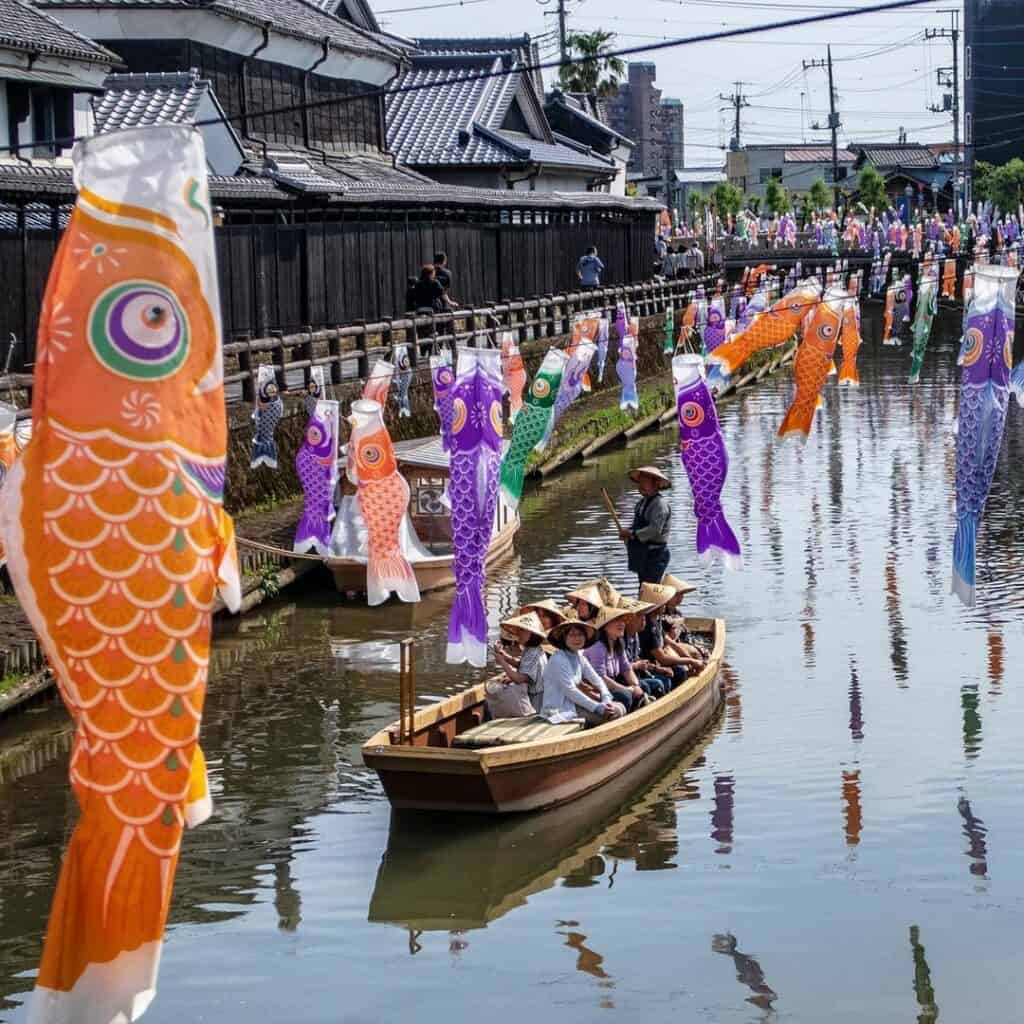
Japan is known for its incredible and storied history and some of that history has been preserved as UNESCO (United Nations Educational, Scientific and Cultural Organization) World Heritage Sites. 23 sites have made the preservation list including the active volcano Mount Fuji, whose last eruption was only 400 hundred years ago in 1707. Also on the list are the Historic Monuments of Ancient Kyoto, Japan’s previous capital city. Among them are 13 Buddhist temples, 3 Shinto shrines, and one castle.
Japan has a collectivist society. Children are taught to follow rules and show respect to others from a young age. As part of collectivism, the Japanese will choose what’s best for the group, not for the individual and these sorts of principles also apply to the way they work. The Japanese are known for their hard work ethic. Although the aftermath of World War II had left the country’s economy devastated, through hard work and innovation they have become the world’s third-largest economy.
Japanese History for Kids
There are many incredible parts of Japanese history worth learning about but there are some topics that might capture kids’ attention more. Japan has had an Emperor since the 9th century and today is the only country with a standing Emperor as its highest titled monarch. The role of Emperor used to actively exert imperial rule but today it is a ceremonial role defined as ‘the Symbol of the State and the Unity of the People.’
Rice is a massive staple in Japanese cooking, and the farming of rice started around the year 300BC. Rice has even been referred to as the essence of the culture within Japanese society. Among popular rice-based dishes include sushi, onigiri (rice balls), donburi, and seiro-mushi.
Some of Japan’s early history was influenced by China, during the 6th century, led mainly by Buddhist students and imperial embassy personnel. The Chinese shared many aspects of their culture with Japan including Buddhism, bonsai (or penjing as it is known in China), and their writing and characters. By the late 6th century, Prince Shotoku gained power in Japan and heavily promoted Buddhism across the country.
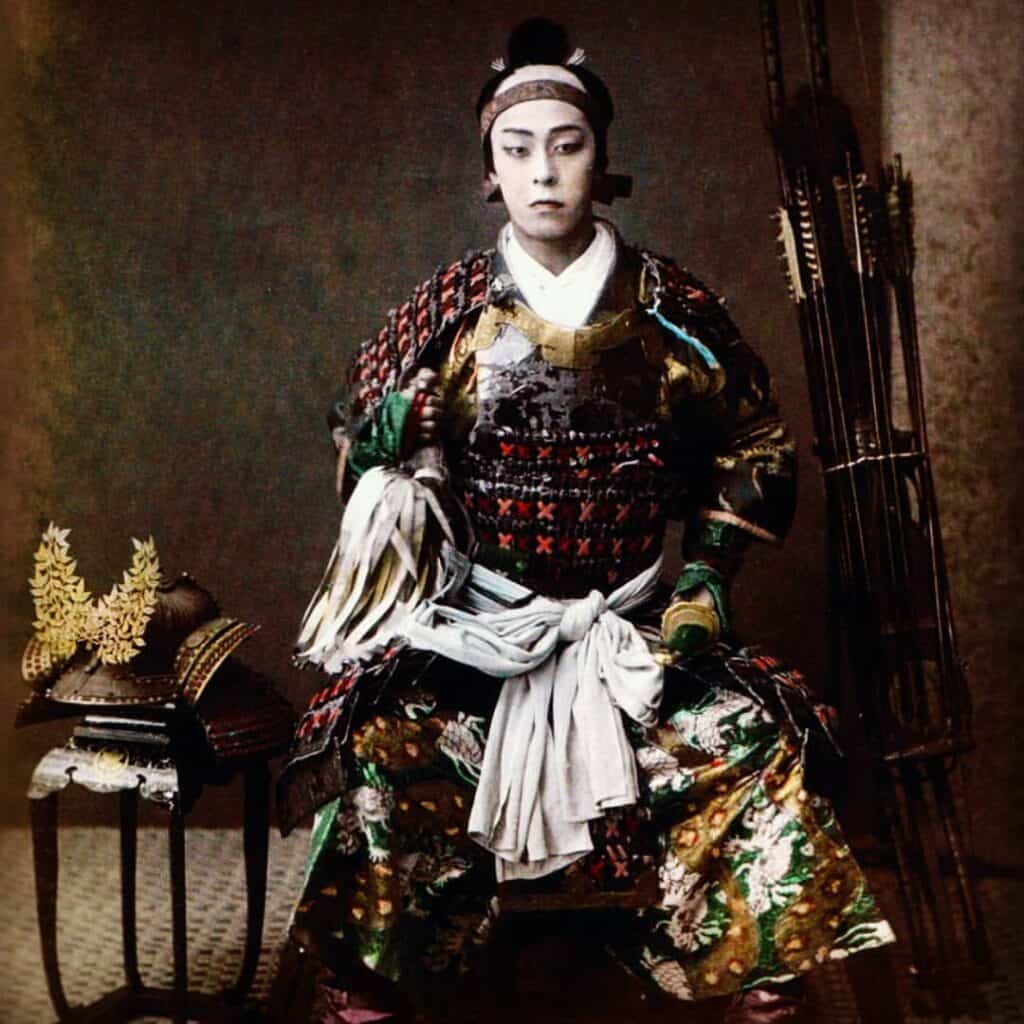
Samurai were once part of the military nobility and officer caste between the 12th century and the 19th century until they were abolished in the 1870s. Samurai lived by the bushidō code, regulations for their attitude, behavior, and lifestyle. Samurai were known for their unflinching loyalty and an indifference to pain. Rather than be captured by their enemy and disgrace their families, samurai would commit seppuku, a ritual suicide that allowed them to die with honor.
Geisha are a type of female entertainer from Japan that uphold ancient Japanese traditions. They are known for their striking white makeup, traditional hairstyles, and trailing kimonos; girls start training as a geisha when they are 15-17. Geisha have existed since the 18th century and in the present day still perform nihonbuyō style traditional dances, tea ceremonies, and singing.
Japanese Sport for Kids
Sport plays a very significant part in Japanese culture. Some sports date back to ancient times, but the Japanese have also embraced certain western sports. Many martial arts that originated from Japan have evolved to become combat sports, many of which are officially recognized as Olympic sports. A lot of Japanese sports still observe ancient traditions, meshing together with modern adaptations and innovations.
Japan’s national sport is sumo wrestling. In fact, Japan is the only country that officially recognizes it as a sport. Sumo wrestlers’ lives are highly regimented. This is a way of life as well as a sport. Sumo wrestlers live, work and train at their stable, and only the wrestlers in the top two divisions are paid a wage.
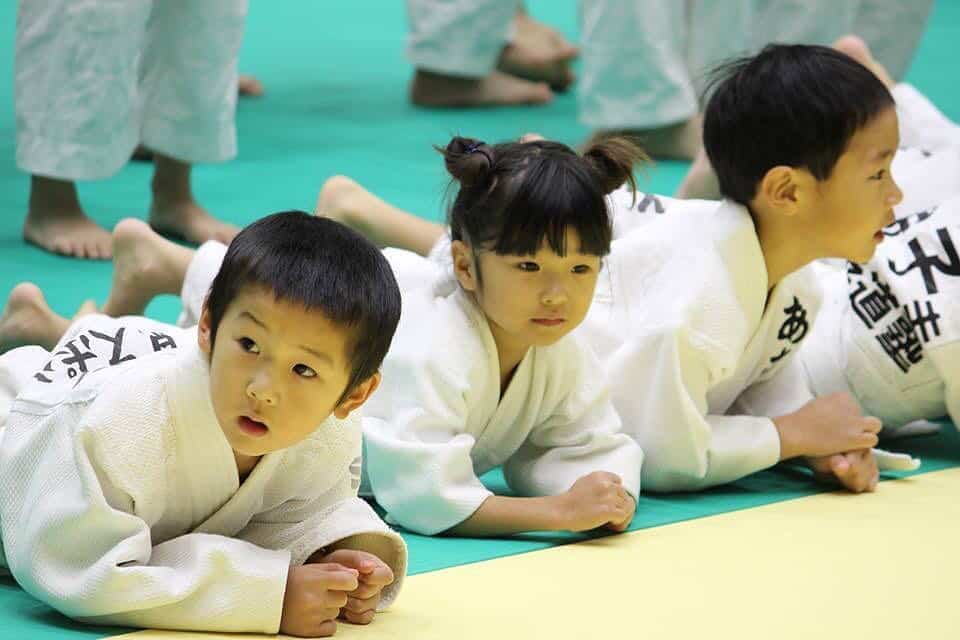
Martial arts are also widely practiced throughout Japan. Judo, karate, and kendō are three of the most popular forms of martial arts in Japan. While Judo and karate make use of hands, feet, and grappling, kendō is fought with protective armor (bōgu) and bamboo swords (shinai).
The most popular sport in Japan is actually the western sport of baseball. The Nippon Professional Baseball league is Japan’s largest sport competition. Baseball was introduced as a school sport in 1872 by Horace Wilson, an American English professor, it became a professional sport in the 1920s.
Founded in 1992, the Japan Professional Football League has also become very popular in the country. Although amateur leagues existed before this, the Japanese team even took bronze at the 1968 Olympics in Mexico. The J1 league, which is the top division, is one of the most successful leagues in Asian club football.
Japanese Media for Kids
One of the easiest ways to get your kids to engage with Japan is through its massively successful media franchises. In fact, the two highest-grossing media franchises of all time are Japanese creations – far surpassing franchises made by Disney. Pokémon and Hello Kitty are numbers 1 and 2 respectively and have combined sales of almost $200 billion.
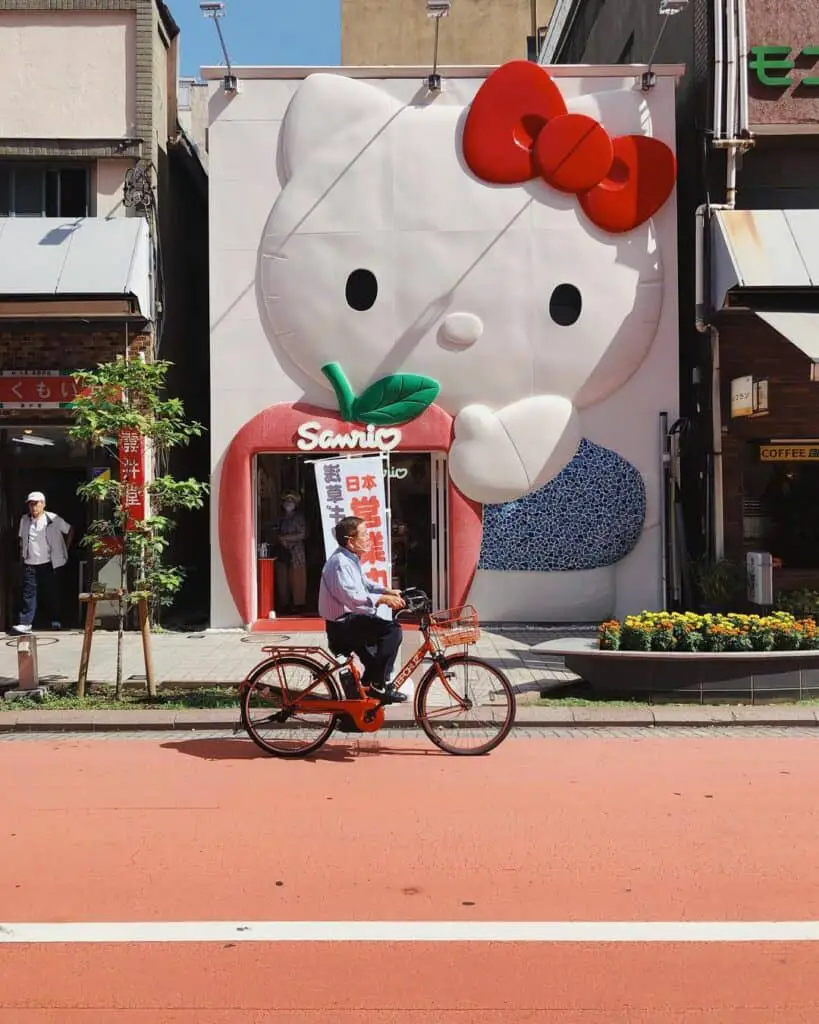
There are of course numerous Japanese brands that are so recognizable, many of which are enjoyed by kids from very early ages. The might of these Japanese brands is that they connect with kids early on, and stay with them through adulthood. They are also able to diversify and can be seen in many different targets.
Taking Pokémon as an example, it’s hard to pin down what it’s more known for. It began life as video games that came out in 1996 for the Game Boy, and quickly a television series was produced that is still being made. The Pokémon trading card game is one of the most popular trading card games in the world, with the 1999 first edition shadowless holographic Charizard #4 cards selling for over $100,000.
There is also at least one new Pokémon movie every year that remains popular at the box office. Pokémon is just one example of a Japanese media franchise that appeals to kids. They have managed to replicate this success many times over. Transformers is another example of Japanese ingenuity in a popular franchise aimed at kids.
Although the American company Hasbro purchased the rights and renamed it as Transformers, the franchise’s beginnings were with the Japanese toy company Takara. Transformers started life as Diaclone (car-robots) and many of the popular Autobot characters came from the Diaclone line. Today, Transformers is a popular franchise among kids, based on their TV shows, big-budget action films, and transformable toys.
Japan has also been fundamental in the development of video games, a popular pastime among children, with both Nintendo and Sony being Japanese companies and producing the most popular video game consoles in the world. Characters from Japanese video games have become such a big part of pop culture across the entire world.
From his earliest iteration as ‘Jumpman’ in 1981, Mario has appeared in more than 200 games. He’s become the mascot of the Nintendo Corporation and you’d be hard-pressed to find someone who doesn’t recognize his mustache and red cap. Beloved by kids and adults everywhere, Nintendo’s focus on family-friendly games has made their consoles highly coveted family activities.
Japanese Activities for Kids
There are some fun things you can do with your children to help them learn about Japanese culture. So much of Japanese activities stem from very ancient traditions that have evolved over time. Take origami for example, which has been practiced since the Edo period (1603-1868).
Origami is the art of paper folding and it’s something that every kid is taught in school in Japan. It’s a great skill to teach your children as it helps them to build mathematical and conceptual thinking and engineering skills. Perhaps the most popular example of origami is the paper crane, the bird of happiness.
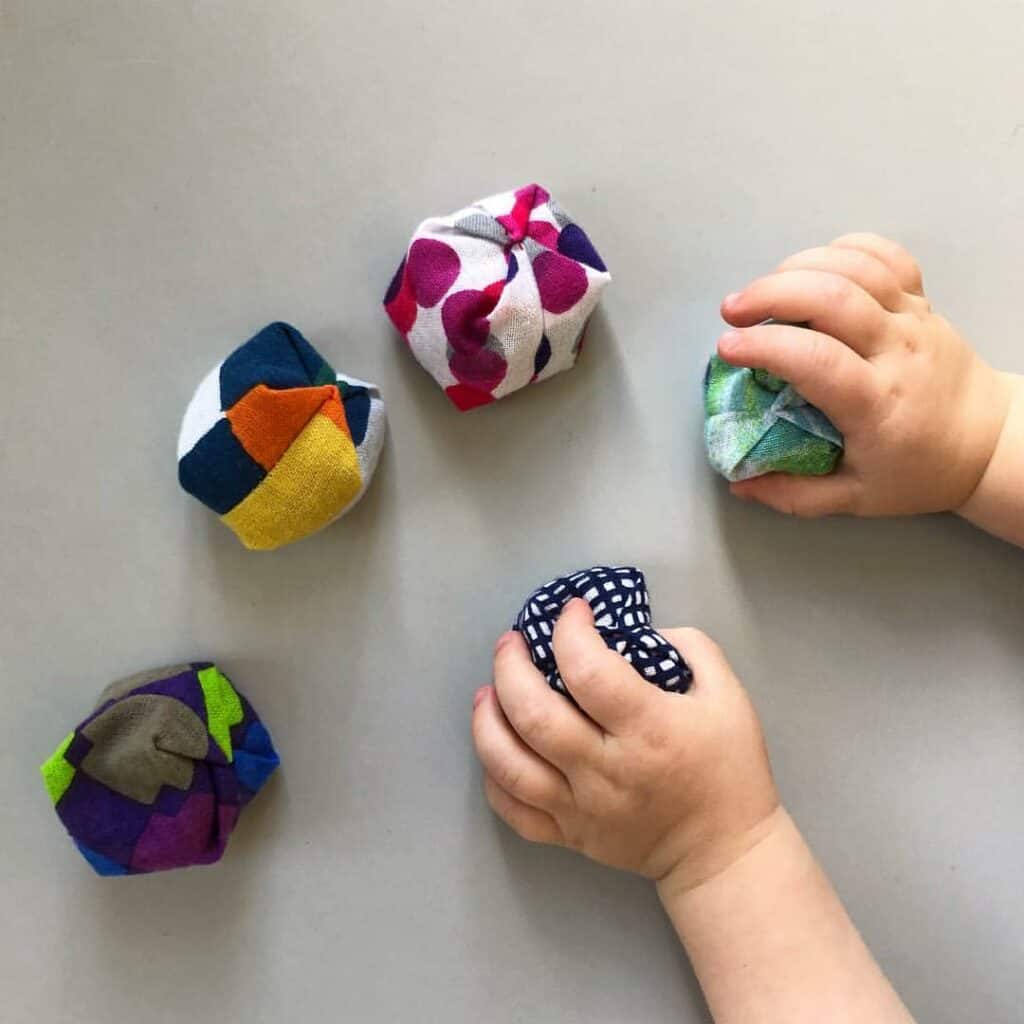
A fun game for kids is the traditional juggling game for kids known as otedama. It’s similar to the game jacks played by western cultures but uses small beanbags. You play by scattering five bean bags on the floor, pick one up and throw it into the air then pick up another bean bag, repeating until all bean bags are picked up.
Short-form poetry known as Haiku is a fun way to help encourage kids with creative writing. Haiku’s are made up of three sentences, the first containing five words, the second containing seven words, and the last also having five words. They can be serious, or playful, but the idea is to use vivid words to express a feeling.
Calligraphy is something else that is taught to school kids in Japan and is something you can do with your children. This is a class known as Shuji which means penmanship and it’s thought of as a high art form and helps to nurture concentration, endurance, and expression.
Japanese Tourism for Kids
If you are thinking of traveling to Japan with your children, they will surely have a wonderful time, there is so much to do as a family. There are around 90,000 shrines and temples to visit, that are a magnificent sight to behold, your little ones will be awestruck. Children can accompany you to the hot springs known as onsen, although it’s worth noting onsen baths are for relaxing rather than playing.
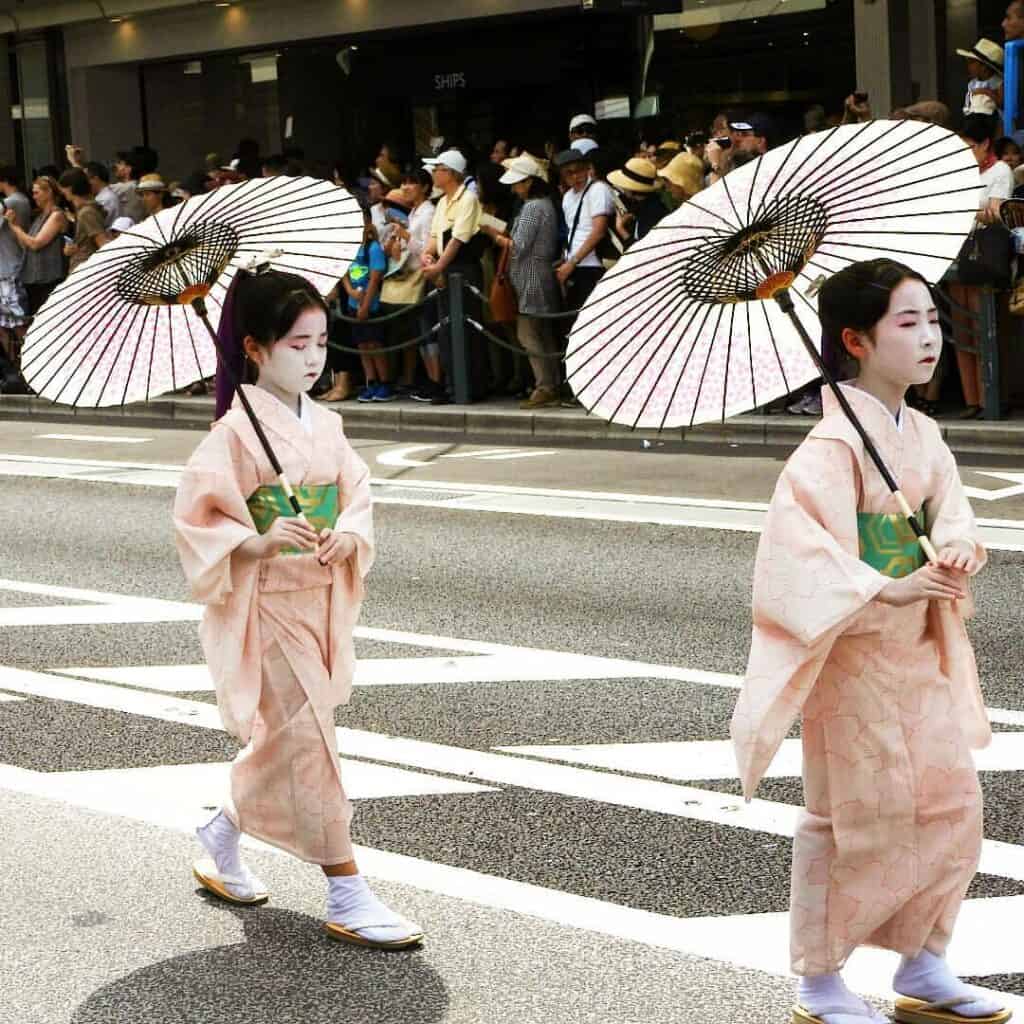
In the Hokkaido regions colder climates you will find hundreds of ski resorts where you and your kids can learn to ski. By visiting the ancient city of Kyoto during the spring, you can catch traditional geisha performances. There are many family restaurants perfectly suited to host entire families, where many traditional dishes are served.
Japan has many different kinds of museums, including science museums which are very popular amongst kids. Practically every major city has a zoo and/or an aquarium that can be enjoyed. There are also loads of theme parks that can be visited, some are part of a chain like Legoland, Universal Studios, and Tokyo Disneyland.
There are also original theme parks that are very popular like Fuji Q Highland and Nagashima resort. Some parks are heavily aimed at kids like the Moominvalley Park or Sanrio Puroland, by the creators of Hello Kitty. At Sanrio Puroland kids will have the opportunity to meet Hello Kitty and there are fireworks every day during the summer!

